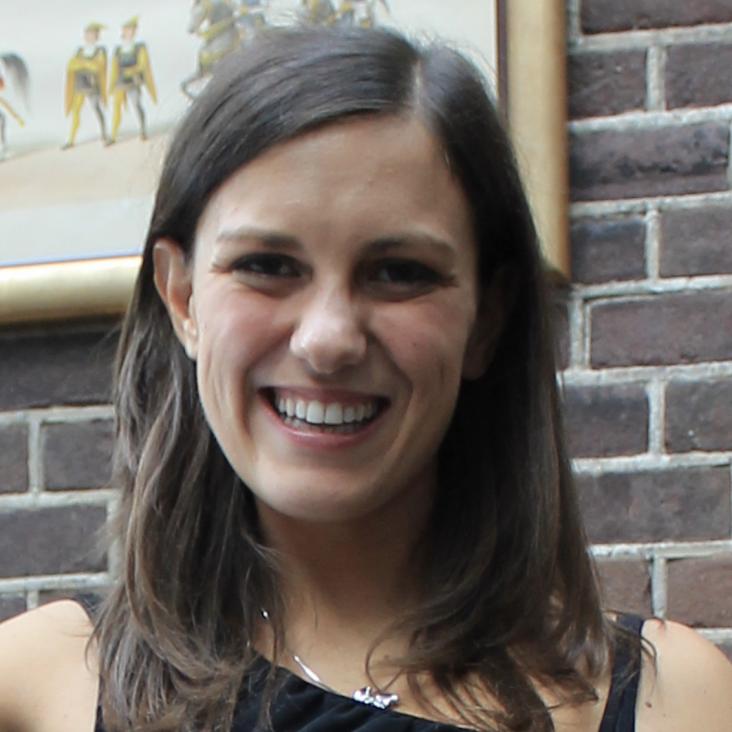Ultra diffuse galaxies in the Hydra I cluster from the LEWISProject: Phase-Space distribution and globular cluster richness
Monthly Notices of the Royal Astronomical Society: Letters Oxford University Press (OUP) 525:1 (2023) l93-l97
WEAVE-StePS - a Stellar Population Survey using WEAVE at WHT
Astronomy and Astrophysics EDP Sciences 672 (2023) A87
Abstract:
Context. The upcoming new generation of optical spectrographs on four-meter-class telescopes will provide valuable opportunities for forthcoming galaxy surveys through their huge multiplexing capabilities, excellent spectral resolution, and unprecedented wavelength coverage.Aims. WEAVE is a new wide-field spectroscopic facility mounted on the 4.2 m William Herschel Telescope in La Palma. WEAVE-StePS is one of the five extragalactic surveys that will use WEAVE during its first five years of operations. It will observe galaxies using WEAVE MOS (∼950 fibres distributed across a field of view of ∼3 square degrees on the sky) in low-resolution mode (R ∼ 5000, spanning the wavelength range 3660 − 9590 Å).
Methods. WEAVE-StePS will obtain high-quality spectra (S/N ∼ 10 Å−1 at R ∼ 5000) for a magnitude-limited (IAB = 20.5) sample of ∼25 000 galaxies, the majority selected at z ≥ 0.3. The survey goal is to provide precise spectral measurements in the crucial interval that bridges the gap between LEGA-C and SDSS data. The wide area coverage of ∼25 square degrees will enable us to observe galaxies in a variety of environments. The ancillary data available in each of the observed fields (including X-ray coverage, multi-narrow-band photometry and spectroscopic redshift information) will provide an environmental characterisation for each observed galaxy.
Results. This paper presents the science case of WEAVE-StePS, the fields to be observed, the parent catalogues used to define the target sample, and the observing strategy that was chosen after a forecast of the expected performance of the instrument for our typical targets.
Conclusions. WEAVE-StePS will go back further in cosmic time than SDSS, extending its reach to encompass more than ∼6 Gyr. This is nearly half of the age of the Universe. The spectral and redshift range covered by WEAVE-StePS will open a new observational window by continuously tracing the evolutionary path of galaxies in the largely unexplored intermediate-redshift range.
INSPIRE: INvestigating Stellar Population In RElics
Astronomy & Astrophysics EDP Sciences 672 (2023) a17
TDCOSMO
Astronomy & Astrophysics EDP Sciences 672 (2023) a20
INSPIRE: INvestigating Stellar Population In RElics – IV. The initial mass function slope in relics
Monthly Notices of the Royal Astronomical Society Oxford University Press (OUP) 521:1 (2023) 1408-1414


